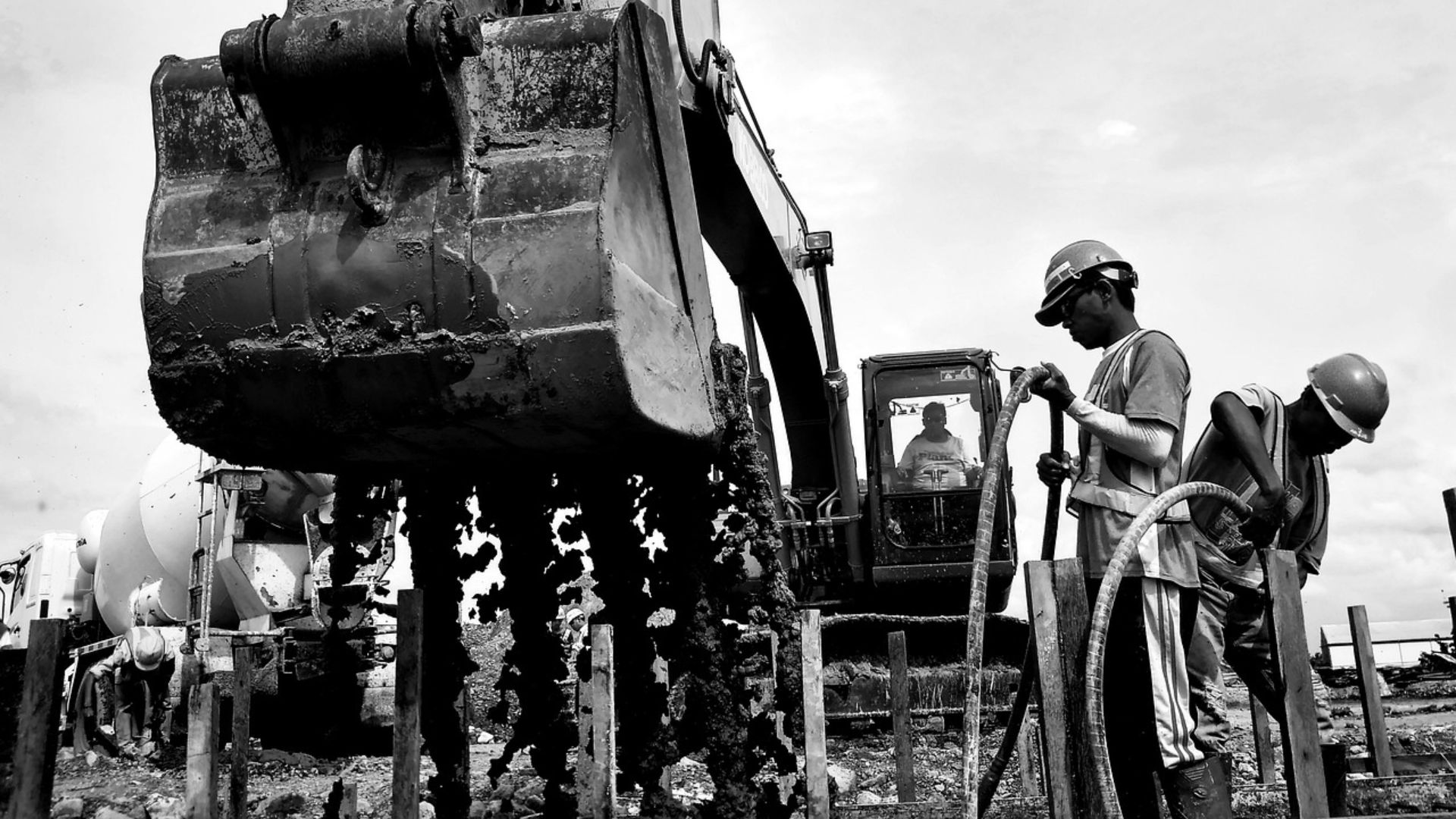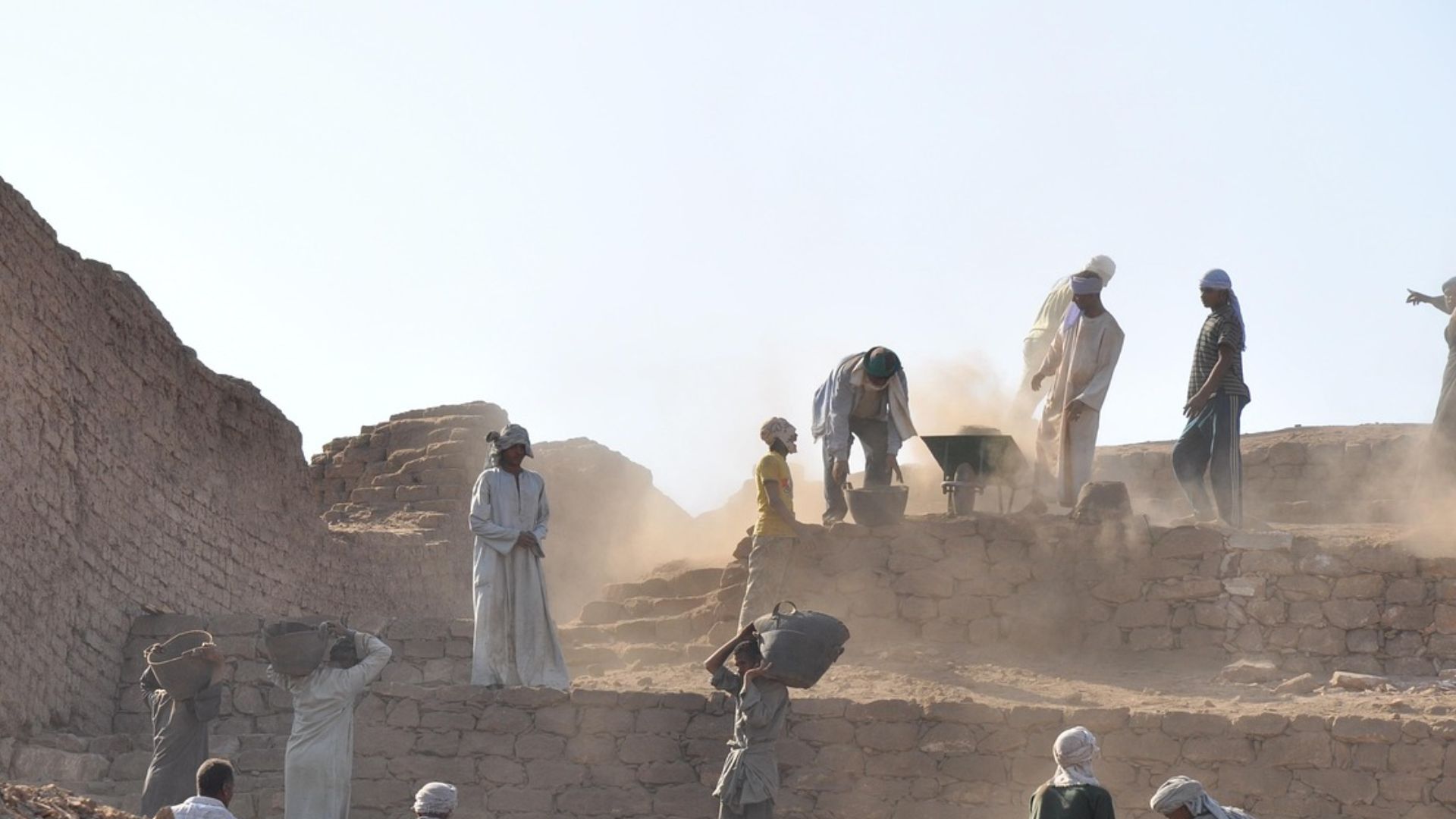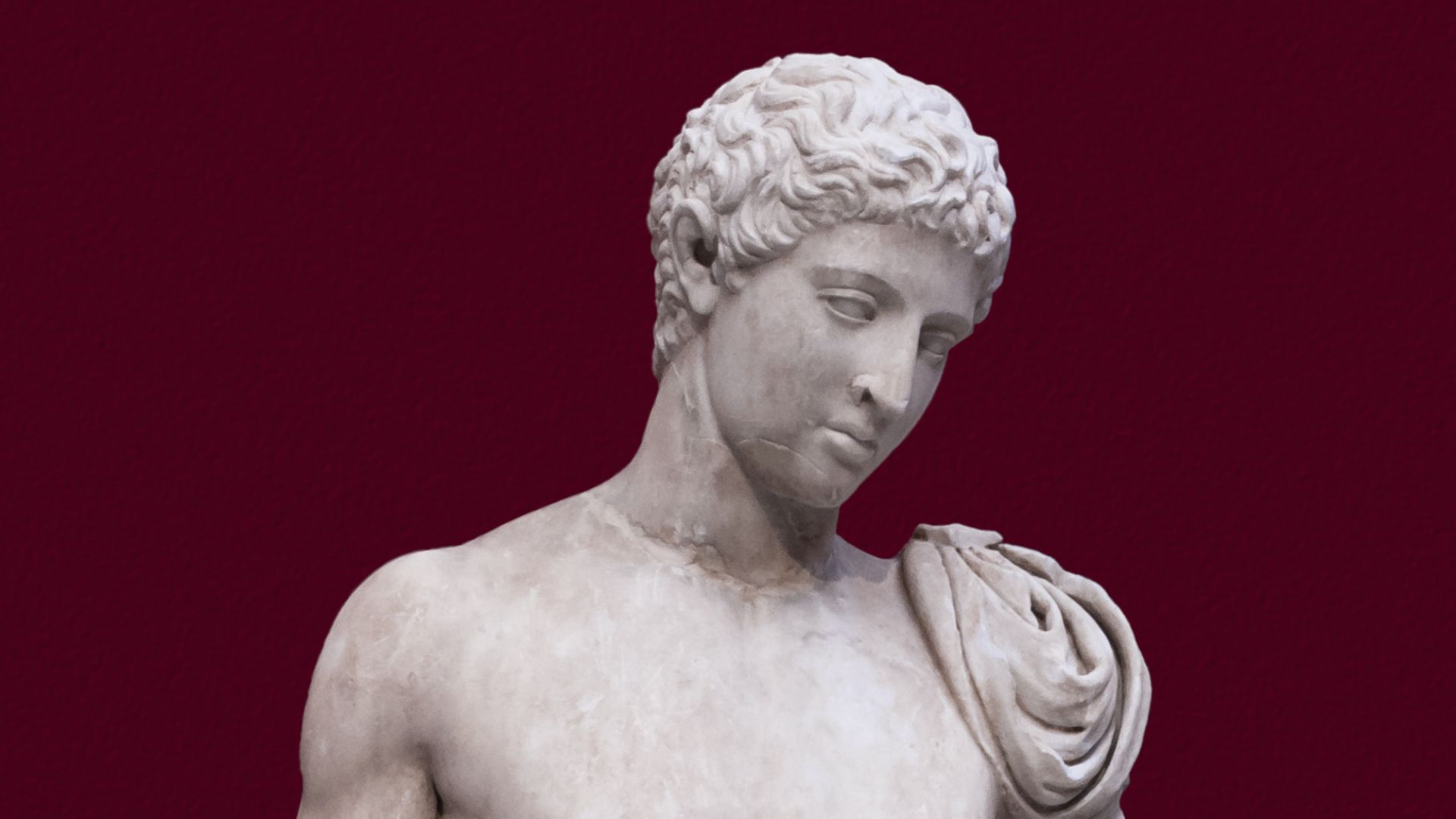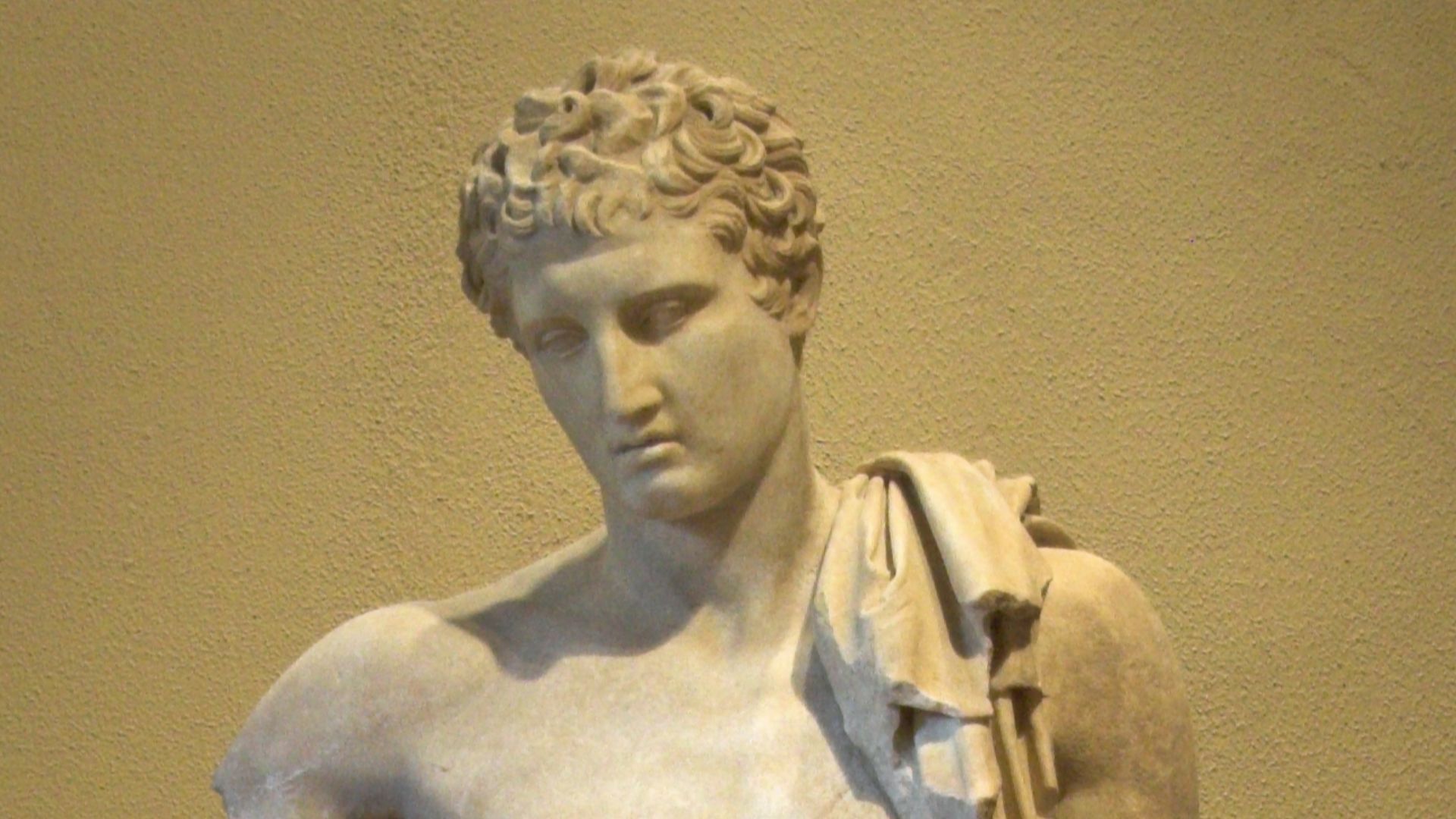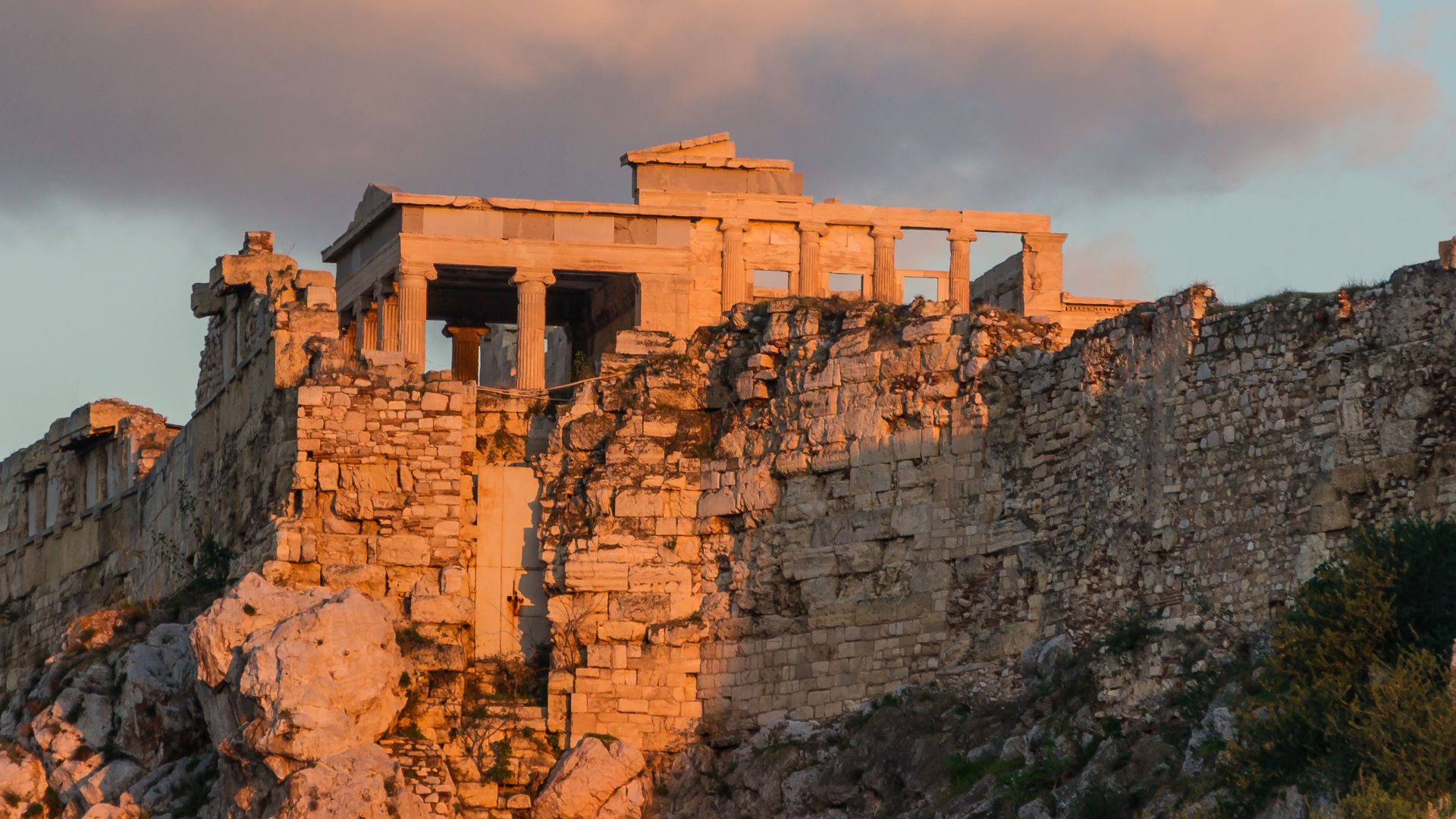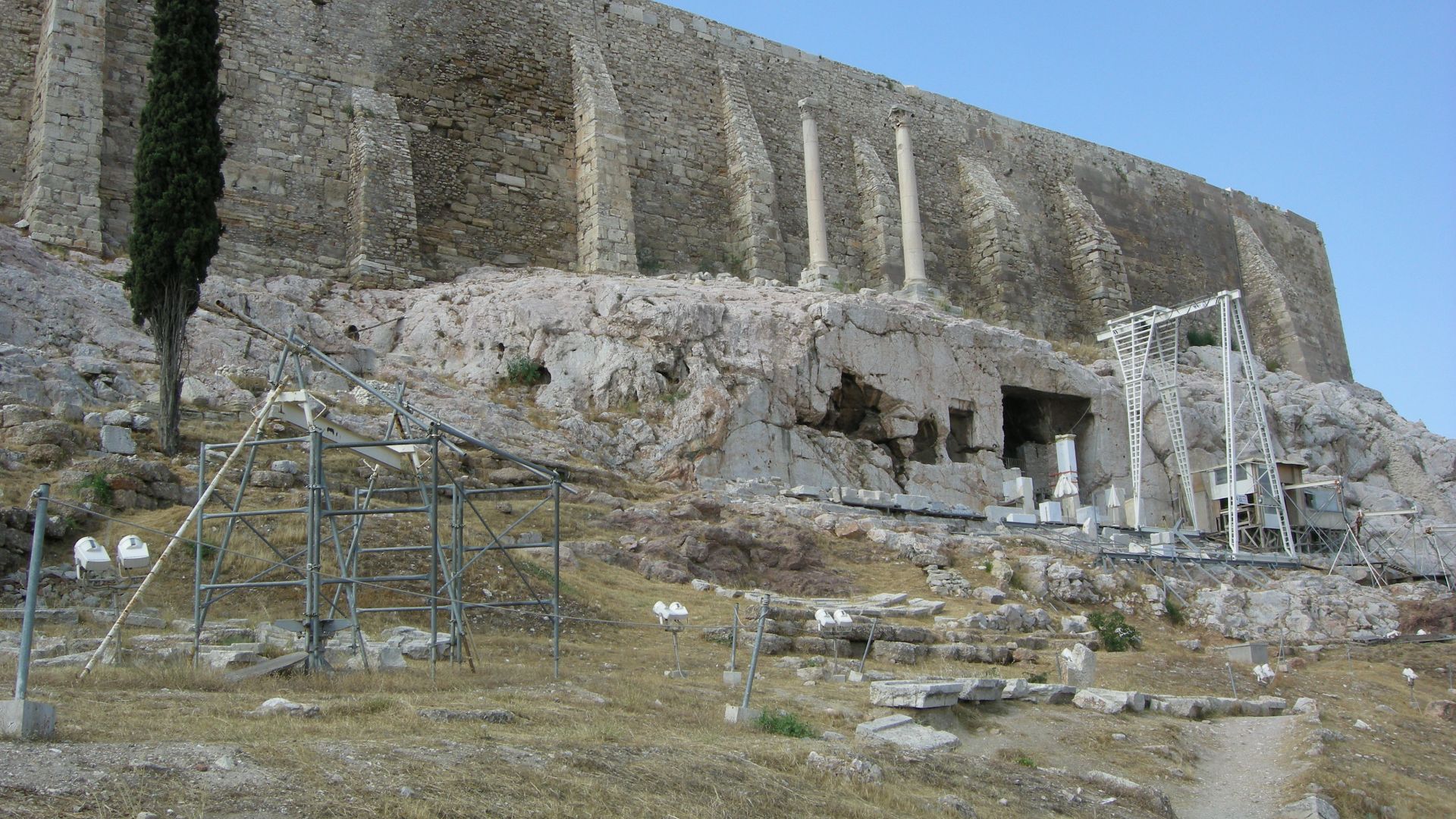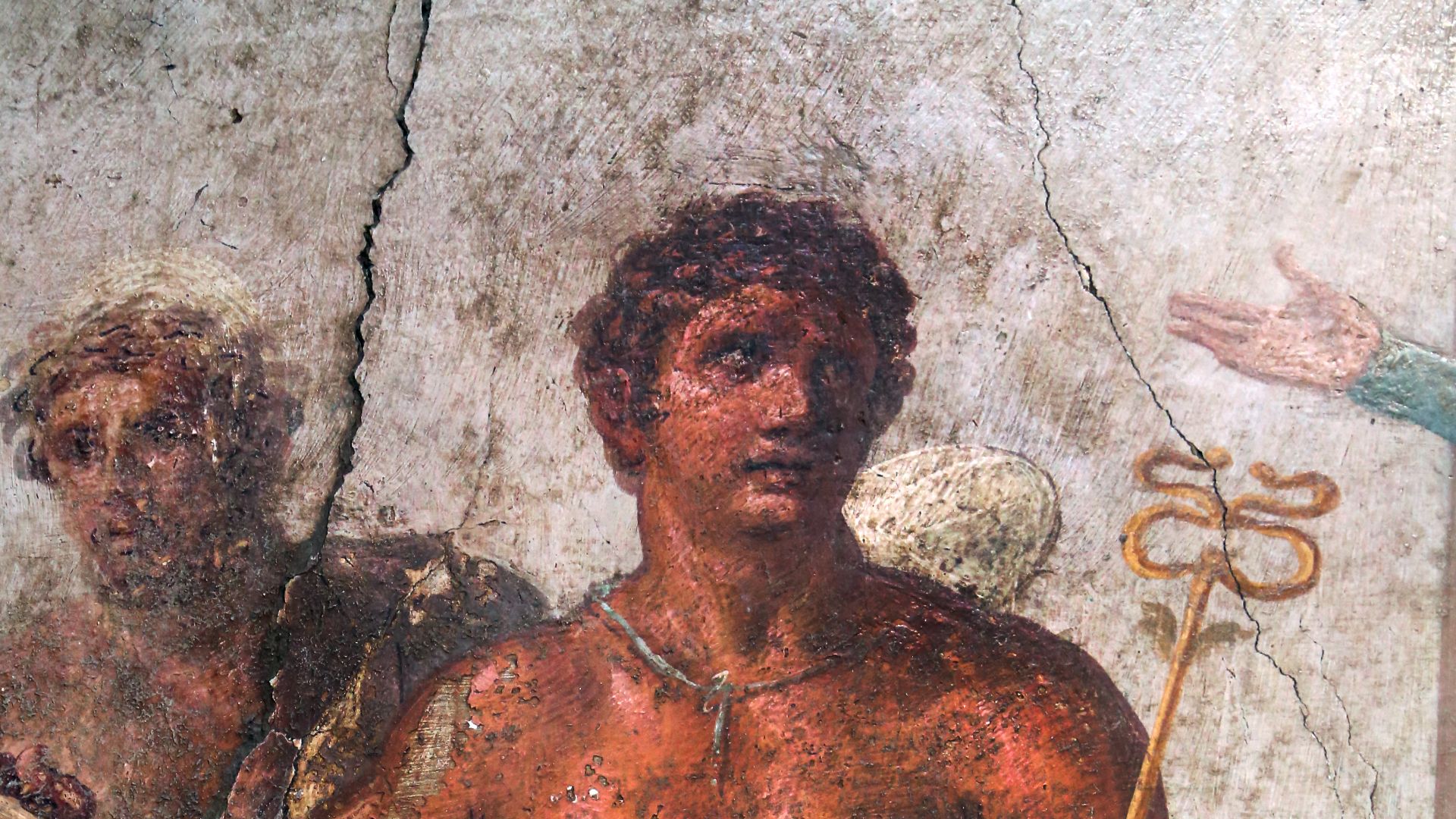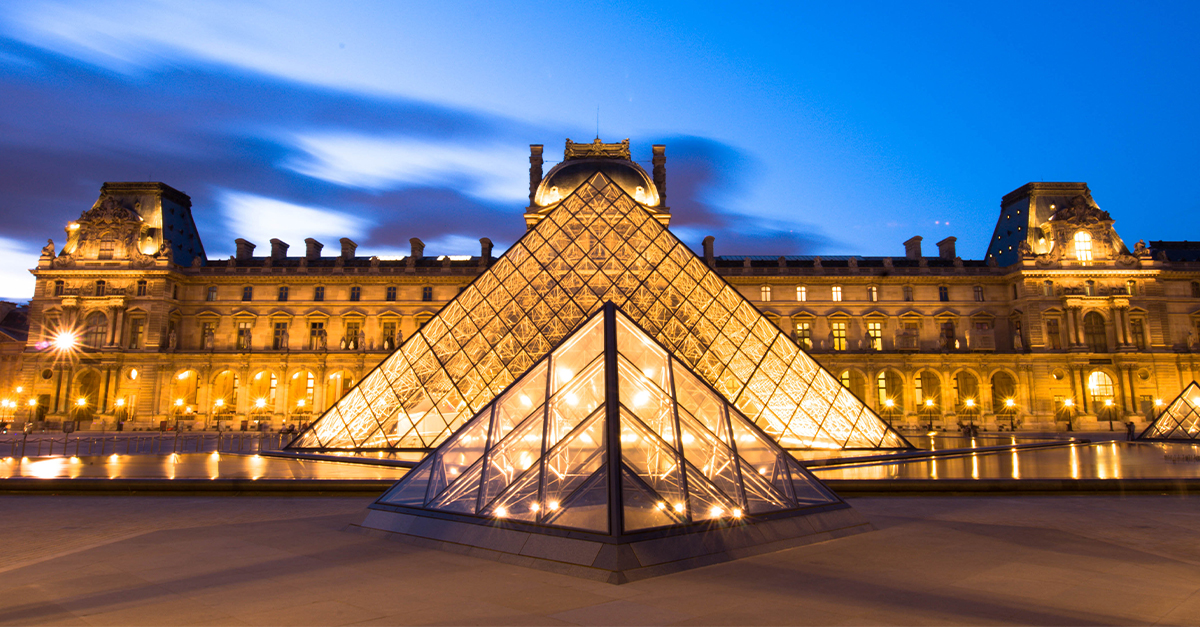A Routine Project And An Amazing Discovery
In December 2024, gas network workers laying new pipeline beneath Athens made an astonishing discovery: a marble statue buried under layers of soil near the Acropolis. What started out as infrastructure maintenance quickly became one of Greece’s biggest archaeological surprises of the year.
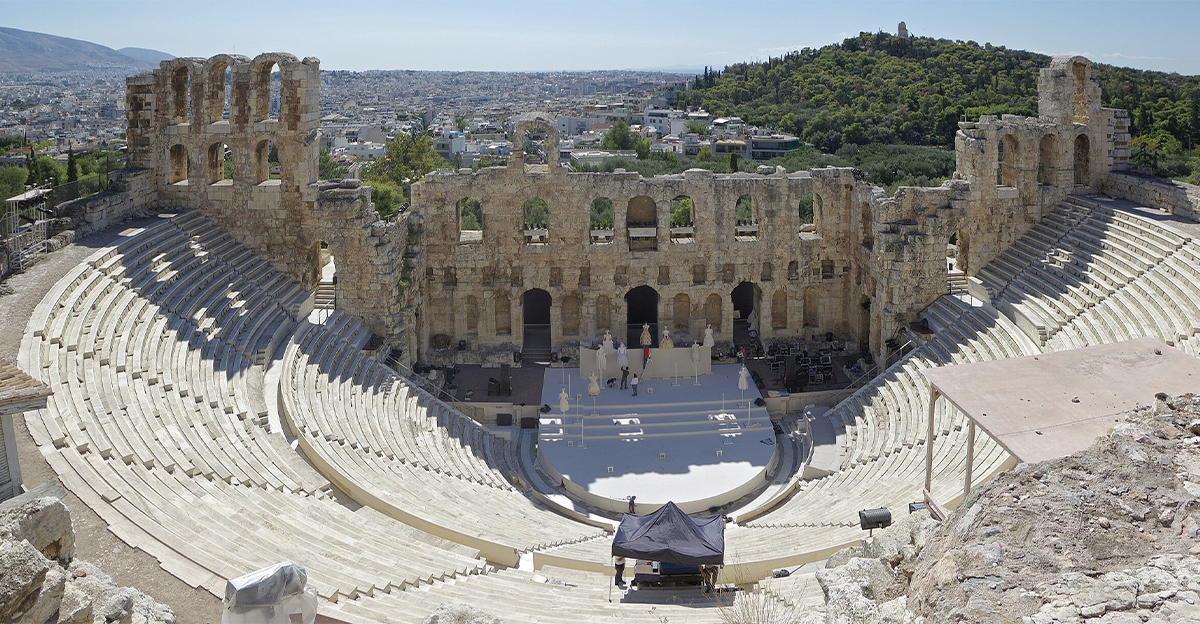 Berthold Werner, Wikimedia Commons
Berthold Werner, Wikimedia Commons
A Glimpse Of Antiquity Under The Modern City
The excavation was part of the city’s effort to upgrade its energy infrastructure. As workers dug through the foundations of modern streets, they revealed ancient walls and came across a nearly intact marble statue resembling the god Hermes, buried under centuries of debris.
Statue In The Style Of Hermes
Archaeologists categorized the find as a statue sculpted in the style of Hermes, the Greek god of travel and commerce. Standing nearly life-size, the statue shows the elegant proportions and serene expression typical of classical art. Experts are fairly certain that it dates to the Roman period of Athens.
 Phidias (?), Wikimedia Commons
Phidias (?), Wikimedia Commons
Dating The Masterpiece
Initial analysis indicates the statue was carved between the 1st century BC and the 1st century AD, in an era when Athens flourished under Roman rule. The blend of Greek grace and Roman realism blends both main influences of the city’s cultural crossroads during this era.
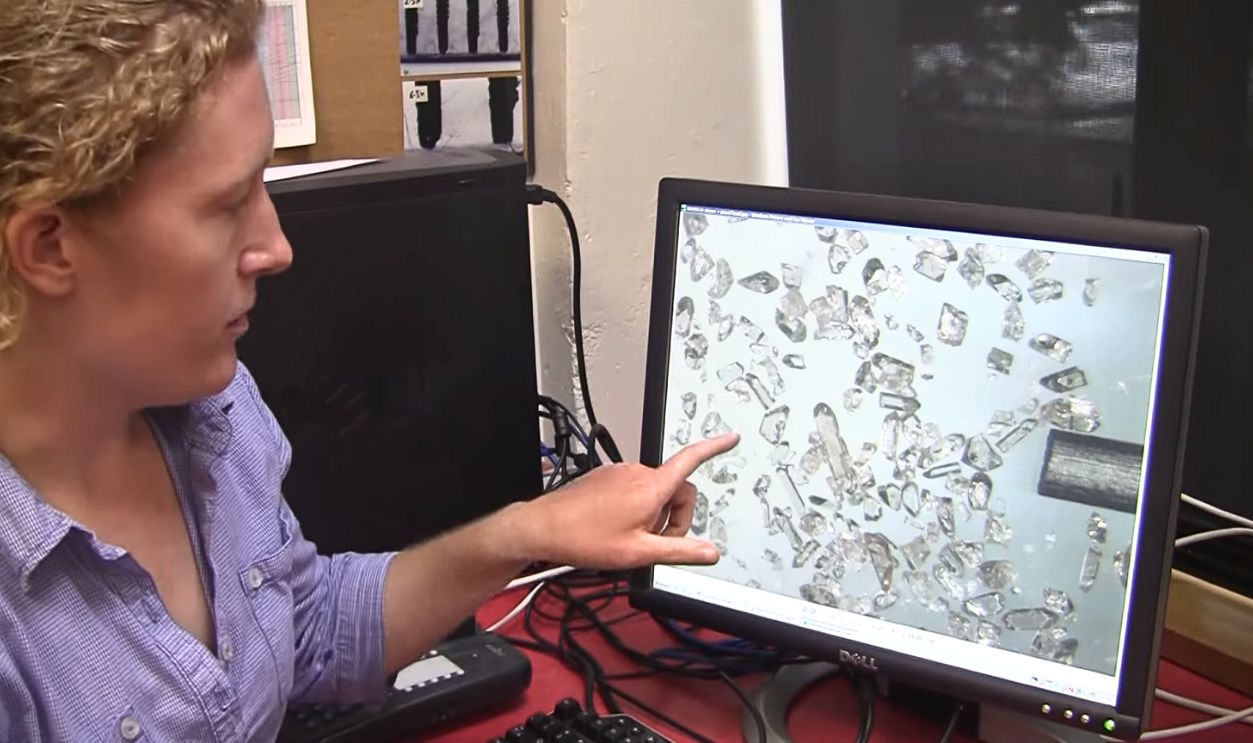 How Old is that Rock?, Earth Sciences New Zealand
How Old is that Rock?, Earth Sciences New Zealand
Workmen Who Became Archaeologists
According to reports from the Greek Ministry of Culture, it was the heads-up alertness of the pipeline workers that even made this discovery possible to begin with. When they noticed marble fragments littered through the soil, the first thing they did was to halt work and get in contact those who know what’s going on: archaeologists. This act was following strict cultural heritage protocols.
Excavation Teams Move In
In a matter of hours, experts from the Ephorate of Antiquities arrived on site to see what they were dealing with. The area was cordoned off, and the delicate process of excavation began. Over a time period of several days, layers of soil were carefully removed to reveal the figure’s full form.
Remarkable State Of Preservation
The statue was found in an amazingly well-preserved state, with its facial features, torso, and flowing garments nearly intact. Archaeologists expressed amazement at how little damage it had sustained, most likely due to the protective embrace of several layers of dirt and soil that shielded it for almost two millennia.
Interpreting The Iconography
Though this figure was styled after Hermes, some scholars also think that it might represent another deity or a Roman noble modeled in divine likeness. The figure’s youthfulness, relaxed stance, and finely carved muscular torso are the pinnacle of the ideals of both Greek beauty and Roman portraiture.
Layers Of History Below The Acropolis
This discovery is further evidence of how the layers of Athens, including Ancient Greek, Roman, Byzantine, Ottoman, and modern, are literally resting upon one another. Archaeologists are at great pains to point out that every major infrastructure project in the city has a chance to reveal yet another element of the buried past that continues to shape Greece’s identity.
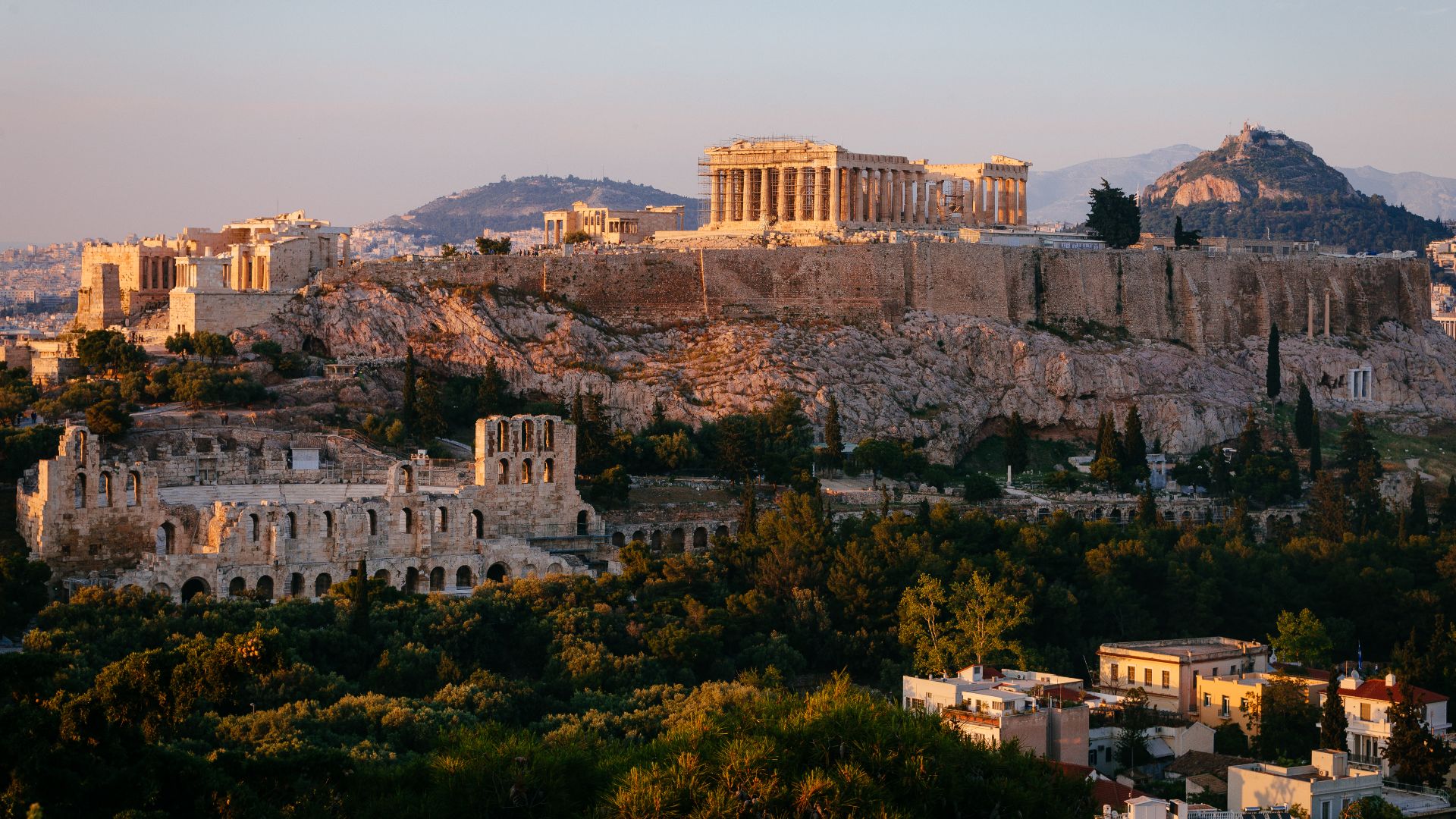 Alexander Popkov (engineerontour.com), Wikimedia Commons
Alexander Popkov (engineerontour.com), Wikimedia Commons
A City That Never Stops Giving
Athens is still one of the world’s richest urban archaeological landscapes. Each construction effort, from subway lines to pipelines, ends up hauling up remnants of earlier civilizations out of the ground. This most recent find takes its place on a long list of accidental discoveries that have continuously shaped and reshaped our understanding of the ancient metropolis.
The Acropolis And Environs
The discovery’s proximity to the Acropolis adds great symbolic weight. The sacred hill, long seen as the heart of ancient Athens, is still surrounded by sites where artisans, merchants, and worshippers once resided. Finding a statue of Hermes here feels fitting for a god of travelers and commerce.
 Francesco Bandarin, Wikimedia Commons
Francesco Bandarin, Wikimedia Commons
Modern Technology And Ancient Art
Archaeologists used 3D scanning and photogrammetry to document the statue before removing it from its ancient resting place. These digital models will aid researchers in their quest to study its craftsmanship without further handling. The data will also allow virtual restoration, showing how the piece might have looked in its original setting.
 Metahumans Custom Face from Photogrammetry Tutorial, Small Robot Studio
Metahumans Custom Face from Photogrammetry Tutorial, Small Robot Studio
Transporting The Statue To Safety
After documentation, conservators painstakingly lifted the statue up out of the earth using a support frame and cushioning material to prevent stress fractures. Then the piece was transported to a secure facility at the National Archaeological Museum for cleaning, stabilization, and closer examination.
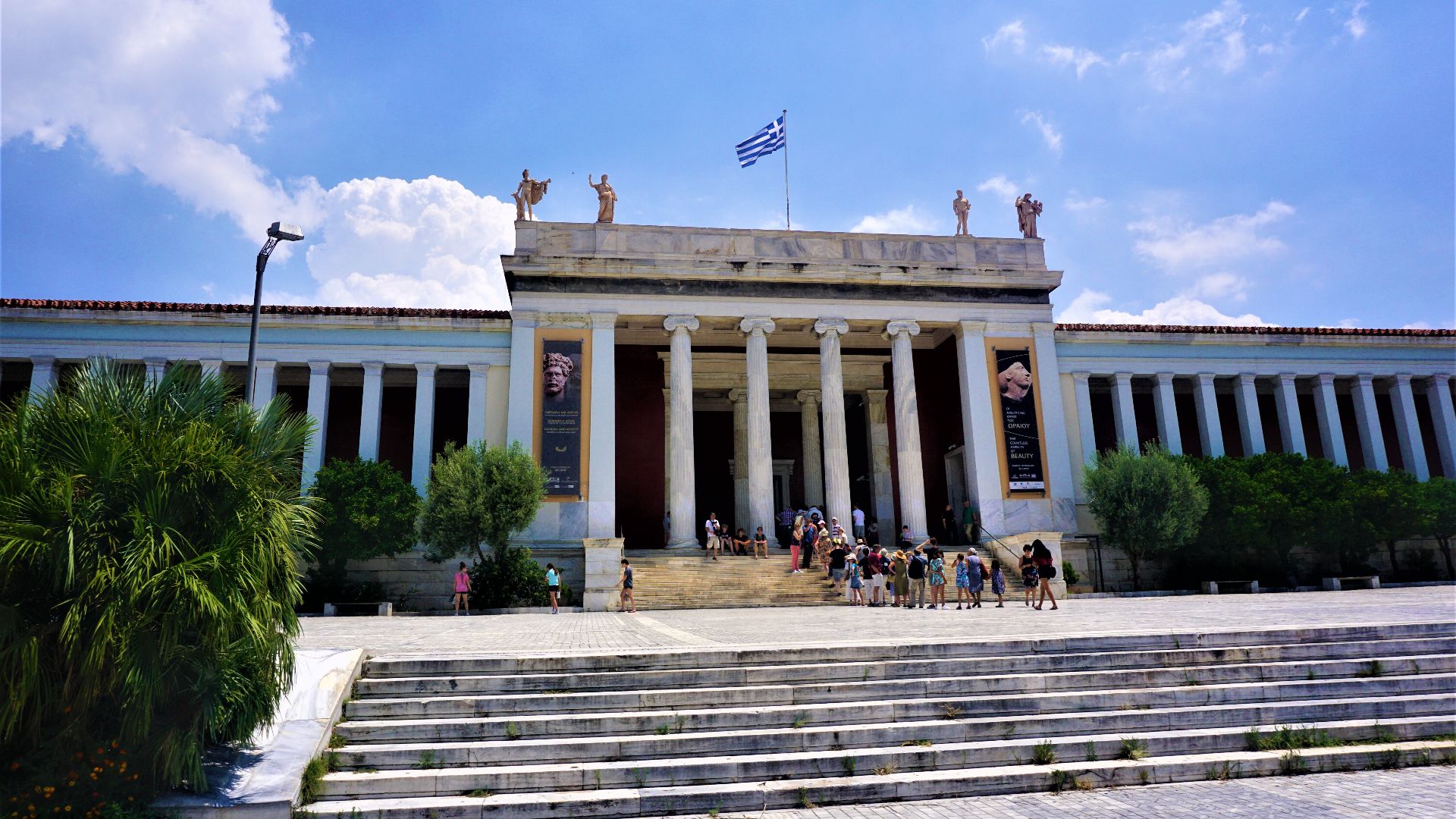 Joyofmuseums, Wikimedia Commons
Joyofmuseums, Wikimedia Commons
Clues From The Surrounding Soil
Sediment analysis of the ground in the immediate vicinity of the statue revealed fragments of pottery and building materials. These clues suggest the statue might have once stood in a courtyard or sanctuary before it collapsed during an earthquake or was perhaps deliberately buried during urban reconstruction.
The Rome-Athens Connection
The discovery highlights how Roman Athens continued to honor and celebrate Greek artistic traditions. During the Imperial period, Roman patrons commissioned sculptures in the Greek style, blending Roman imperial prestige with local heritage. This Hermes-like statue is a perfect example of that cultural cross-current.
Reactions From The Archaeological Community
Experts from the University of Athens and the Greek Ministry of Culture have hailed the find as a reminder of Athens’ unbroken continuum. International scholars remarked with enthusiasm on the discovery’s preservation, calling it a “textbook example” of Roman-era artistry influenced by classical Greek ideals.
Public Enthusiasm And Media Attention
This story has spread rapidly across the Greek and international media. Locals thronged excitedly to see the excavation site from behind barriers, beaming with the pride that their city had once again unearthed a relic linking today’s Greece to its ancient forebears.
 Bryan Ledgard, Wikimedia Commons
Bryan Ledgard, Wikimedia Commons
What Happens Next?
The Ministry of Culture has announced plans to exhibit the statue publicly after the conservation work is done. The statue’s discovery location will also be marked as part of an urban archaeology route that educates Athenians and tourists about the city’s relationship with its buried past.
A Discovery Bridging Time
For archaeologists, the statue is not only a beautiful object, but evidence of the deep continuity between ancient and modern Athens. It reminds today’s residents and visitors that under every street and square lie the remnants of civilizations just waiting to resurface.
 J.A. Fiedler After Albert Rieger, Wikimedia Commons
J.A. Fiedler After Albert Rieger, Wikimedia Commons
Echoes Of Hermes In The Modern City
In a poetic twist, a god once reverenced as the patron of travelers has emerged by surprise during the laying of a modern pipeline, another system of movement and connection. The Hermes statue’s discovery beneath the Acropolis is a perfect metaphor for how Athens’ past continues to flow just beneath its streets.
You May Also Like:
Archaeologists In Egypt Discovered A New Section Of The Ancient Sunken City Of Canopus


